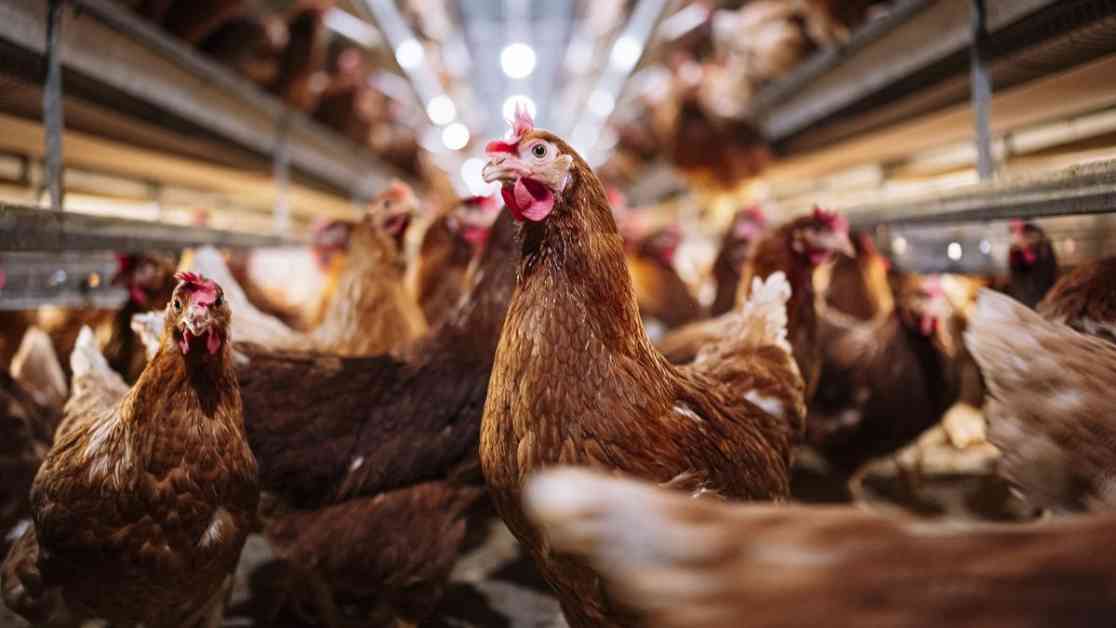Bird flu, also known as H5N1, has been on the rise in the United States, particularly among individuals who work closely with infected animals such as cows and poultry. Since April 2024, there have been 36 reported cases of bird flu in humans across 17 states, with California being the most affected state with 16 cases. Additionally, in a recent week, six workers at a Washington egg farm were diagnosed with the virus.
While the number of cases is increasing, there have been no instances of person-to-person transmission of the virus. Experts caution that the risk remains low for individuals who do not have direct contact with infected animals. However, concerns have been raised about the potential for the virus to become more deadly and start spreading between people.
Historically, H5N1 infections in humans have been severe, with a high fatality rate. This year, Cambodia reported 10 cases of H5N1, two of which were fatal. Genetic differences in the virus may account for its increased virulence in certain regions. In the U.S., most cases have been mild, with symptoms such as eye redness and cough reported among farmworkers.
One of the concerns is the possibility of reassortment, where different strains of influenza viruses mix and create a new, potentially more virulent strain. This could occur in farm workers who are infected with both seasonal flu and H5N1 simultaneously. Reassortment has been known to lead to pandemics in the past.
Public health agencies are working to control the outbreak by testing individuals exposed to infected animals and monitoring for any potential cases. However, challenges remain, such as delays in diagnosis due to the saturation of laboratories during flu season. Experts recommend increased testing of animals on affected farms and broader surveillance testing across the country to prevent further spread of the virus.
In a recent case in Missouri, a patient was diagnosed with H5N1 without any known exposure to infected animals. While there were concerns about person-to-person transmission, subsequent testing of healthcare workers caring for the patient did not show any evidence of the virus spreading between people.
Overall, the threat of bird flu remains a concern, and ongoing monitoring and testing are essential to prevent potential outbreaks. Public awareness and cooperation from farm owners are crucial in controlling the spread of the virus and protecting public health.










